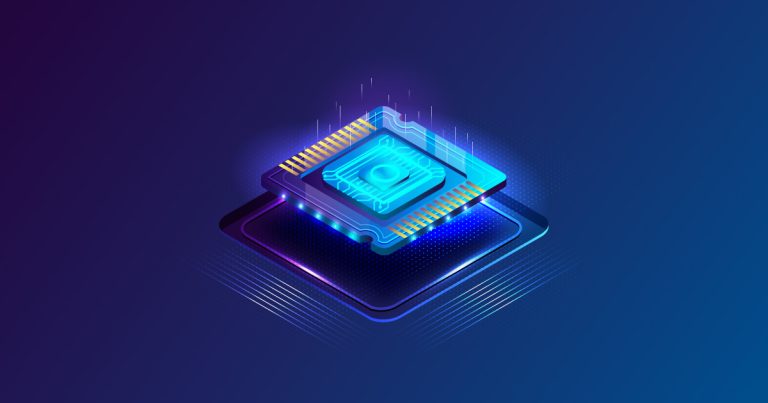
Anatomy of a CPU: How Processors Drive Our Digital World
The Central Processing Unit (CPU), often called the “brain” of a computer, remains an integral component driving our digital age. While we often attribute our devices’ capabilities to brand names or software, it’s the humble CPU working tirelessly beneath the surface that makes it all possible. Let’s dissect this silicon marvel to better understand its composition and function.
Introduction to CPUs
The CPU is an electronic circuit within a computer that executes instructions from programs. Modern CPUs are microprocessors, meaning they are contained on a single integrated circuit (IC) chip.
Key Components of a CPU
Core: Modern CPUs consist of multiple “cores,” each capable of executing tasks. Multi-core processors can run multiple tasks simultaneously, enhancing performance.
Clock: The CPU clock determines how many cycles the processor can execute per second, measured in Hertz (Hz). A faster clock means more instructions processed in a given time.
ALU (Arithmetic Logic Unit): The heart of the CPU, the ALU performs arithmetic and logic operations, manipulating data based on the instructions.
Control Unit (CU): This coordinates and manages the various components of the computer. It reads and interprets instructions from memory and transforms them into a series of signals to activate other parts of the computer.
Cache Memory: A small-sized type of volatile computer memory that provides high-speed data access to the processor, cache memory stores frequently used computer programs, applications, and data. It improves speed and performance.
Registers: High-speed storage areas in the CPU, registers temporarily store data during processing.
The CPU’s Lifeline: The Instruction Cycle
The basic operation cycle of a CPU involves a series of steps:
- Fetch: Retrieve an instruction from program memory.
- Decode: Translate the fetched instruction into a series of commands.
- Execute: Carry out the command.
- Store: Write the result to memory.
This cycle is repeated for every instruction, enabling your computer to function.
The Evolution of CPUs
Over the years, CPUs have undergone tremendous transformations:
- Moore’s Law: Co-founder of Intel, Gordon Moore, observed that the number of transistors on a chip doubled approximately every two years. While we’re reaching the physical limits of this law, it has held for several decades.
- From Single to Multi-core: To tackle the challenges of heat and power consumption, and to further performance, manufacturers began adding more cores to processors.
- Emergence of GPUs: Graphic Processing Units (GPUs), originally designed for rendering graphics, now also handle computation tasks, especially in areas like AI and machine learning.
The Future of CPU Architecture
With the growing challenges in further miniaturization and increasing performance, the CPU industry is exploring:
- Quantum Computing: Using principles of quantum mechanics to process information at speeds deemed impossible with current systems.
- Neuromorphic Engineering: Creating chips that mimic the human brain’s architecture and operation, enhancing AI capabilities.
- 3D Stacking: Building processors in three dimensions (vertically) to tackle space constraints and improve performance.
The CPU’s intricate dance of logic gates and electrical signals is pivotal in translating our digital commands into tangible results. While it’s easy to take this marvel for granted, understanding its anatomy offers a deeper appreciation for the devices that shape our modern world. As we stand on the cusp of a new technological era, the CPU remains at the helm, steering our digital journey.